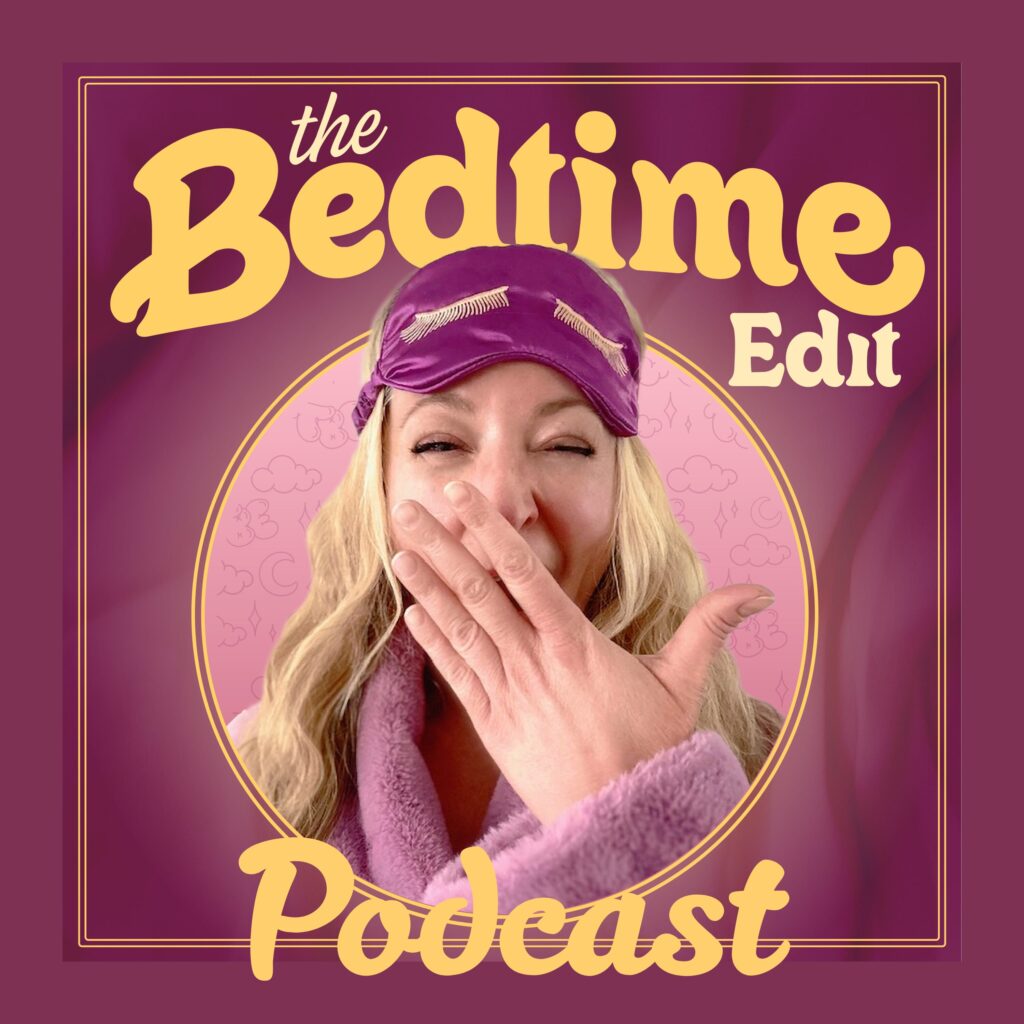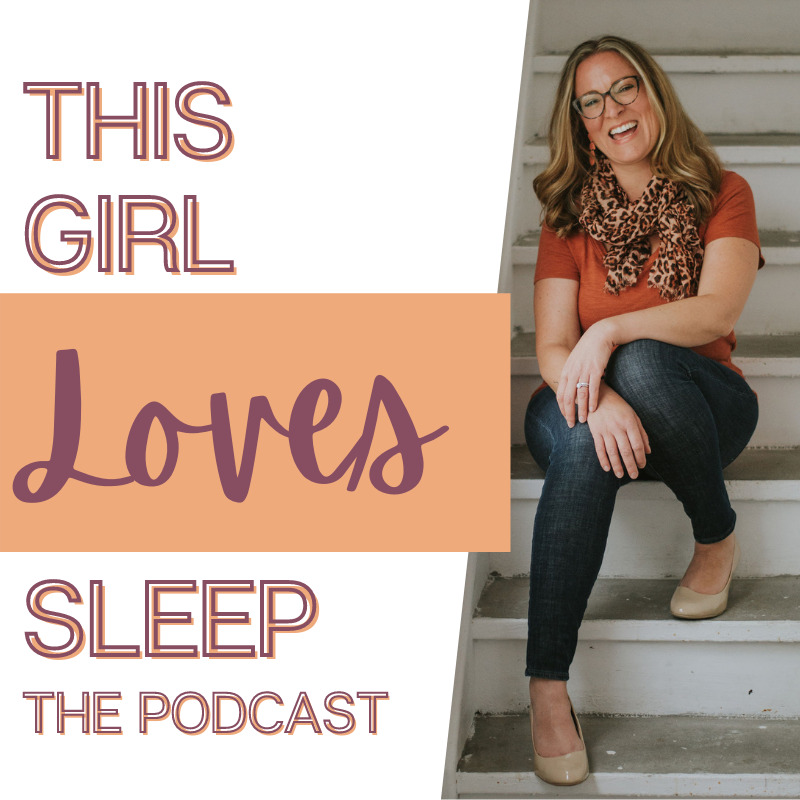Attention Deficit / Hyperactivity Disorder (ADHD) is defined by the American Psychiatric Association (APA, 2022) as symptoms of inattention, hyperactivity, and/or impulsivity that affect everyday functioning at home, school, and social situations. While there is no one cause to the onset of these symptoms, ADHD sleep – related problems may be a side effect of impaired arousal, alertness, and regulation circuits in the brain (Hvolby, 2015). Researchers have also repeatedly found that children with ADHD have difficulties with melatonin (our body’s sleep hormone) production, and maintaining the sleep – wake cycle, or circadian rhythm (CHADD 2019). These difficulties have shown to delay bedtime or disrupt overnight sleep.
What does this mean?
For young children especially, it can be difficult to settle down at the end of the day. It may be that a child is still wound up from the day’s events or, a child gets so involved in a game or activity that he/she does not want to stop to focus on the bedtime routine (CHADD, 2019). Fatigue may also present itself through an increase in energy, hyperactive, impulsive, or aggressive behaviors. Although not troubling behaviors, when they occur every night, these can be frustrating for both parents and child and further affect sleep habits. And when sleep habits go awry, academic, and social functioning are affected over time. It then becomes harder to figure out, is it sleep, or is it a symptom of ADHD.
Sign Up For Our Newsletter
What can we do to help our child sleep better?
The benefits of using behavioral methods to address ADHD have been widely established, no matter a child’s specific classification. These methods are highly consistent with what is required to address bedtime difficulties. As such, children with ADHD would benefit from a structure that not only stimulates melatonin production naturally and consistent with the shift to nighttime but provides the predictability and structure that a child with ADHD needs to organize their world.
- Having an established bedtime and sticking with it. Routines may vary from day to day. Designating a time for bed will provide the security of letting him/ her know what to expect.
- Creating a regular bedtime routine. The use of charts, visual aids, and fun acronyms often help to make these easy to follow.
- Keeping the bedroom media – free. This would avoid any block to producing melatonin.
- Avoiding caffeine and processed sugars after 3pm. This reduces the influence of stimulation when we want to wind down for the day.
- Keeping the room cool and dark. A dark room provides a calm and relaxed atmosphere for sleep. The use of white noise and black out curtains would also help in the production of melatonin.
For children who have been prescribed medication for the management of their symptoms – please consult with your psychiatrist / physician regarding the timing of the dosage to preserve and coincide with the body’s sleep – wake cycle.
Many other conditions commonly coexist with ADHD, such as anxiety, or depression, which can influence sleep. Children with ADHD should be monitored for these symptoms so that opportunities to address them can be achieved throughout the day (CHADD, 2020).










